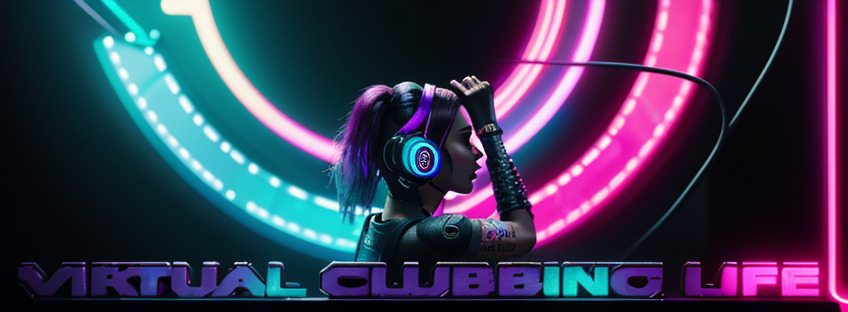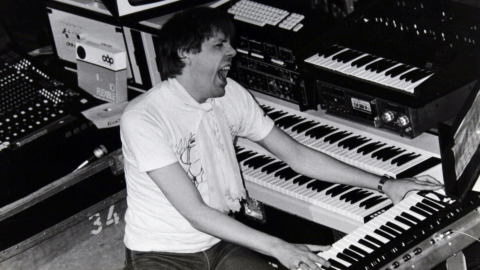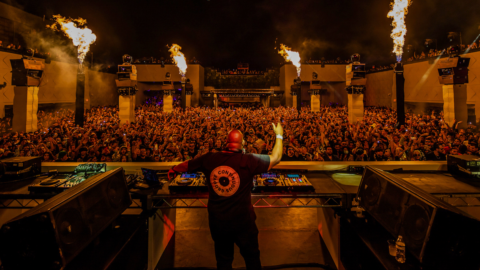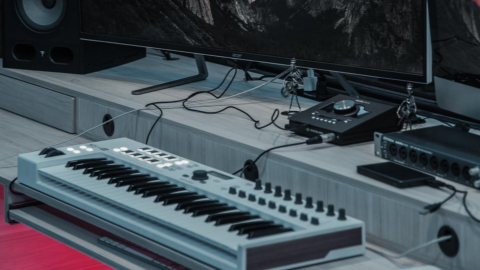In the ever-evolving landscape of electronic music, few genres have surged in popularity quite like tech house. Combining the rhythmic elements of house music with the intricate sound design associated with techno, tech house has carved out a distinct niche within the electronic music community. This article explores the origins of tech house, its rise to prominence, the key artists driving the movement, and its impact on the broader electronic music scene.
Origins of Tech House
Tech house emerged in the late 1980s and early 1990s, primarily in the UK and the United States. The genre was born out of the fusion of two influential styles: house and techno. House music, characterized by its soulful melodies and four-on-the-floor beats, was gaining traction in dance clubs, while techno, with its mechanical beats and futuristic sounds, was evolving in underground scenes.
Pioneers such as Danny Tenaglia and DJ Sneak began experimenting with the two styles, creating a sound that incorporated the groove of house music with the darker, more hypnotic elements of techno. This innovative approach laid the groundwork for what would become known as tech house.
The Popularity Explosion
The 2000s saw a significant rise in the popularity of tech house, aided by the explosion of electronic music festivals and the global club scene. Events like Burning Man, Movement, and Tomorrowland showcased tech house artists, introducing the genre to wider audiences and solidifying its position in the electronic music hierarchy.
One of the defining moments for tech house came with the release of tracks like “Deep Inside” by Hardrive and “I Feel for You” by Armand Van Helden. These tracks not only exemplified the tech house sound but also became staples in DJs’ sets worldwide.
Key Artists Shaping the Genre
Several artists have played pivotal roles in shaping the tech house sound and pushing its boundaries. Some of the most notable names include:
- Green Velvet: Known for his distinctive vocal style and playful production, Green Velvet’s tracks often feature catchy hooks and infectious grooves. His track “La La Land” has become an anthem in tech house circles.
- Fisher: An Australian DJ and producer, Fisher burst onto the scene with his chart-topping hit “Losing It.” His energetic style and ability to create tracks that resonate with both clubgoers and festival audiences have made him a major force in the tech house movement.
- Solardo: This British duo has gained a reputation for their high-energy performances and infectious tracks. With hits like “Tribes” and “Be Somebody,” Solardo continues to push the tech house sound while maintaining strong ties to the underground scene.
The Tech House Sound
Tech house is characterized by its infectious basslines, groovy rhythms, and minimalistic approach to melody. Unlike its house counterpart, tech house often employs darker elements and repetitive motifs that create a hypnotic atmosphere on the dance floor. The use of vocal samples, percussive elements, and subtle synths adds depth to the sound, making it appealing to both casual listeners and dedicated fans.
DJs and producers often favor long mixes and gradual builds, allowing for a seamless transition between tracks during live sets. This approach encourages an immersive experience, drawing audiences into the rhythm and energy of the music.
Tech House and the Festival Circuit
Tech house has found a comfortable home on the festival circuit, with many major electronic music festivals featuring dedicated stages for the genre. Events like Coachella, EDC Las Vegas, and Ultra Music Festival have embraced tech house as part of their lineups, showcasing both established and emerging artists.
The genre’s ability to engage audiences through its infectious beats and danceable grooves makes it a favorite among festival-goers. As a result, tech house has become a dominant force in electronic music, with fans eagerly anticipating sets from their favorite artists.
Challenges and Future Directions
Despite its popularity, tech house faces challenges, including concerns about genre dilution and over-commercialization. As more artists and labels jump on the tech house bandwagon, there is a risk of losing the underground essence that initially defined the genre.
To combat this, many tech house artists are focusing on maintaining the authenticity of their sound while exploring innovative production techniques. The genre’s future lies in its ability to evolve while respecting its roots, ensuring that tech house remains a vital part of the electronic music narrative.
Conclusion
Tech house has emerged as a powerful genre within the electronic music landscape, blending the best elements of house and techno to create a sound that resonates with audiences worldwide. With key artists at the forefront and a dedicated fan base, the genre continues to thrive, pushing boundaries and evolving in exciting new directions. As the electronic music scene grows, tech house will undoubtedly remain a significant player, captivating listeners and dancers alike.
Tags: tech house












